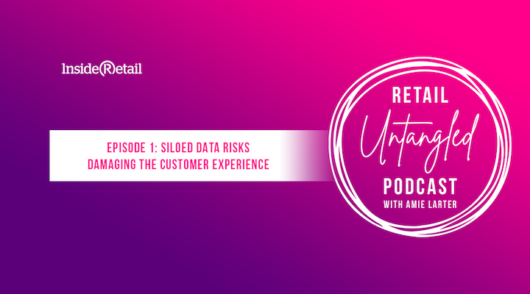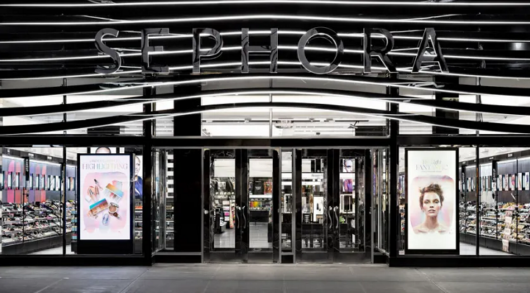Retail has moved on from the days when store owners had to wonder whether or not to go online or develop some kind of mobile solution for their customers. In recent years – particularly during the last one – retailers have gotten a lot smarter; most now have some kind of digital strategy, whether they be digital-only disruptors or traditional brick-and-mortar businesses that have needed to evolve their online presence to take their place in the modern world.
The conversation has long since entered the next phase, and we’re now at a fascinating point where competition has grown so much in the online space that retailers can no longer afford to congratulate themselves for having made the digital shift, resting on their laurels. Online players cannot afford to stand still – they’ve got to be constantly evolving and innovating, always focused on how to provide an amazing experience to customers through whatever channel they offer.
In the past year – and this is particularly true for traditional businesses such as supermarkets – many operators have seen a dramatic acceleration of their digital presence, beyond their wildest dreams of where they thought they would be a year earlier. At the same time, digital-only retailers have been looking around them and realising the extent to which everyone else has caught up. Those first in their category to jump online can’t expect to remain seen as the most innovative and the best if they don’t keep pushing forward.
“I think that’s the big call-out to retailers, to be aware of the competition and the need to constantly innovate and to think about how they move their businesses forward,” says Will Griffith, VP & GM Asia-Pacific Japan for Tealium, whose customer data platform (CDP) works to enhance retailers’ customer profiling efforts and coordinate messaging between various audience segments. “This year, navigating the lasting impact of Covid-19, growing cybersecurity issues and forced digital acceleration of retail experiences are going to continue to drive customer trends. Delivering exceptional customer experience has to mean better understanding the market landscape and delivering experiences that meet customer demand. For marketers, this means understanding how technological and societal developments have influenced retail peaks, so as to better engage key audiences in answering their fundamental needs – including demonstrated safety, trust and convenience.”
Preparing for the speed and scale of digital evolution in retail is going to entail making some very specific moves, chief amongst which is ensuring that as much consumer data as possible is being captured and analysed. This can be particularly challenging for retailers reaching out to customers via multiple channels, ranging from in-store interactions through to mobile app use and social media, or even fielding call centre enquiries by phone. All these channels need to be configured to capture the data points essential to advancing the business, and the data needs to not only be easily accessible to those teams that need it, but to connect all those interactions from each customer into one single view.
Additionally, with Chrome pulling the plug on third-party cookies in 2022, time is running out to collect all of the data they’re used to. With more visitors than were previously expected this year, retailers are going to have the most first-party data available earlier than ever before. Effectively capturing that information will be useful for much longer than any third-party data they might collect by ensuring they’re getting authenticated users and opt-ins to collect data.
Retailers also need to navigate the escalating noise in data signals – with vast numbers of new users shopping online in the post-pandemic environment – so as to avoid inefficient ad spend and poor targeting, while at the same time answering growing consumer privacy concerns, helping customers understand why their data is needed to provide the best possible experiences, and how it’s going to be responsibly used.
“Retailers should try to create that consistent experience from channel to channel,” says Griffith, “whether engaging customers through social media, the website, chat, or over the phone, you need to know about your customers’ experience with your brand in real time. That’s one area where a real-time CDP, like Tealium AudienceStream can make the difference for retailers.”
The Tealium CDP is designed to help retailers be prepared for the speed and scale at which their industry is evolving, and build their plans for adapting to change. In segmenting a retailer’s audience in real time, the platform drives greater campaign performance by allowing marketing teams to better optimise customer engagement – with much of that process automated so as to build greater efficiency and introduce more agility into campaigns, especially during peak retail periods.
“The dream for marketers to be able to curate consistent experiences for customers, regardless of how they’re engaging with the brand,” says Griffith. “People’s stated relationship with a brand changes all the time, and marketers must try to recognise those changes and respond accordingly. That’s what a CDP allows you to do; it’s setting it all up in one place, it’s having the flexibility to set up different rules depending on what we know about each customer. We’re able to easily set up these different experiences which can be orchestrated across any channel, and do it in one place.”
Click through for more information on how Tealium CDP can improve the customer engagement experience for your business.






